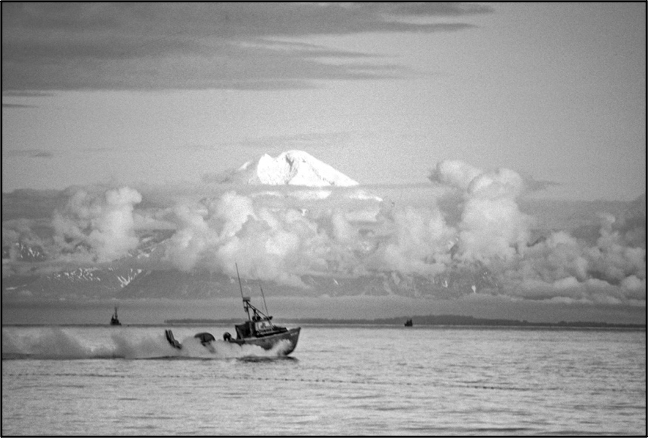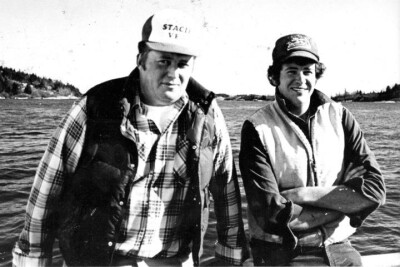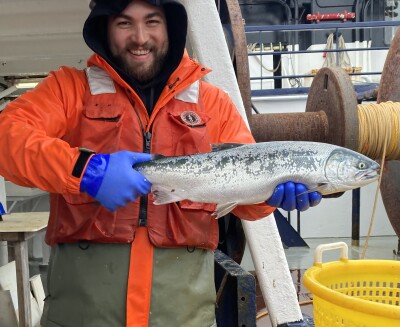The Alaska Department of Fish and Game forecast for Upper Cook Inlet salmon has been set at 5.12 million fish. Of those, 4,376,000 will be sockeye, and the harvest for commercial, sport fishing, subsistence and personal use has been projected at 3.12 million.
An estimated 2.82 million will return to the Kenai River with another 1.126 million headed for the nearby Kasilof River. The Susitna River run expectation has been set at 340,000 and Fish Creek in the Knik Arm could see a return of 90,000 fish. The remaining fish numbers to hit the 5.12 million will be comprised of chum, pink and coho salmon.
Last year’s 2022 commercial sockeye harvest hit 1.4 million, which was 44 percent lower than the 10-year average. Ex-vessel revenues came in at $12.3 million, about half of the 10-year average of $23 million. The commercial catch of chinooks was the lowest on record at 2,278 fish, with 341 coming from east side set netters and the remaining 1,328 harvested in the northern reaches of the inlet.
As for the apportionments among the other user groups in 2022, Fish Creek dipnetters harvested 35,656 sockeyes, Kasilof (personal use gill net) and dip netters took 165,063 fish with the brunt of the harvest, 282,085 fish, coming from the Kenai River.
In March the Board of Fisheries deliberated on a series of proposals aimed at stopping monetary compensation for guiding residents in personal use fisheries. By Alaska law only residents may participate in personal use fisheries.
The board voted in favor of Proposal 165, which will prohibit compensating guides for any expenses beyond fuel, ice and processing services. According to proposal author Patrick McCormick, the growing business to guide personal use fishermen provides a loophole for commercial gains during times when other groups, such as sport anglers or commercial fishermen have been closed to harvesting fish due to conservation concerns.
Additionally, the service derives income from salmon enhancement efforts paid for by sport angling fees and commercial fishery enhancement taxes.
Other proposals (164 through 167) were intended to impose an annual bag limit on the number of fish personal users may harvest, impose in-season reporting protocols or require licensing of commercial services providing boat rides to personal use areas.
Those proposals failed unanimously. Much of the opposing testimony during the meetings came from users with disabilities who noted that the services provide equal access to fish harvested under personal use regulations.







